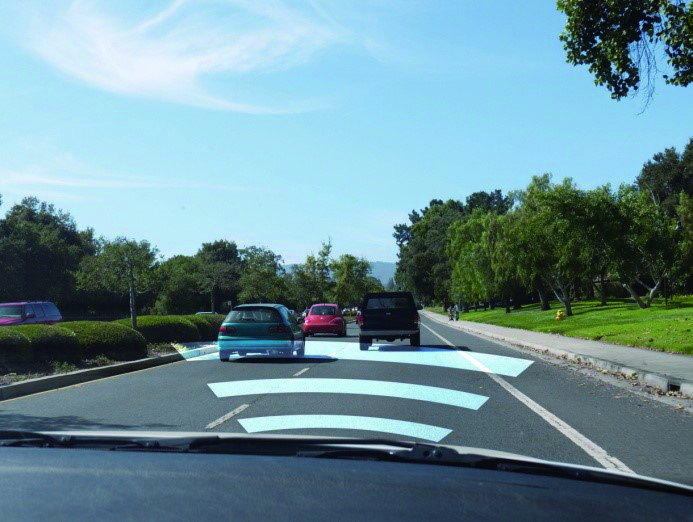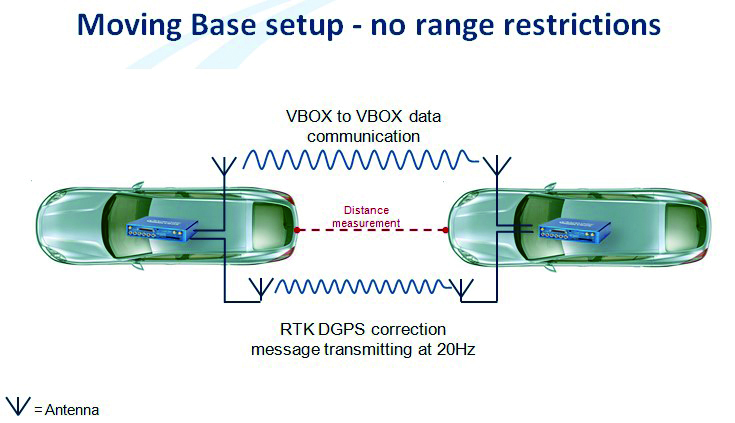VBOX series
VBOX is the industry standard for measuring vehicle speed and location. Based on a series of high-performance GPS satellite signal receivers, the VBOX system can measure speed, distance, acceleration, braking distance, position, heading angle, slip angle, lap time, corner force and other parameters with high precision. The VBOX mainframe can be combined with a range of input and output modules, making it a powerful and flexible data acquisition system. Because it has the function of synchronizing GPS and video, CAN bus and IMU data, the VBOX system is the best choices for testing departments of world's automobile and tire manufacturer.
Data Acquisition System
VBOX 4
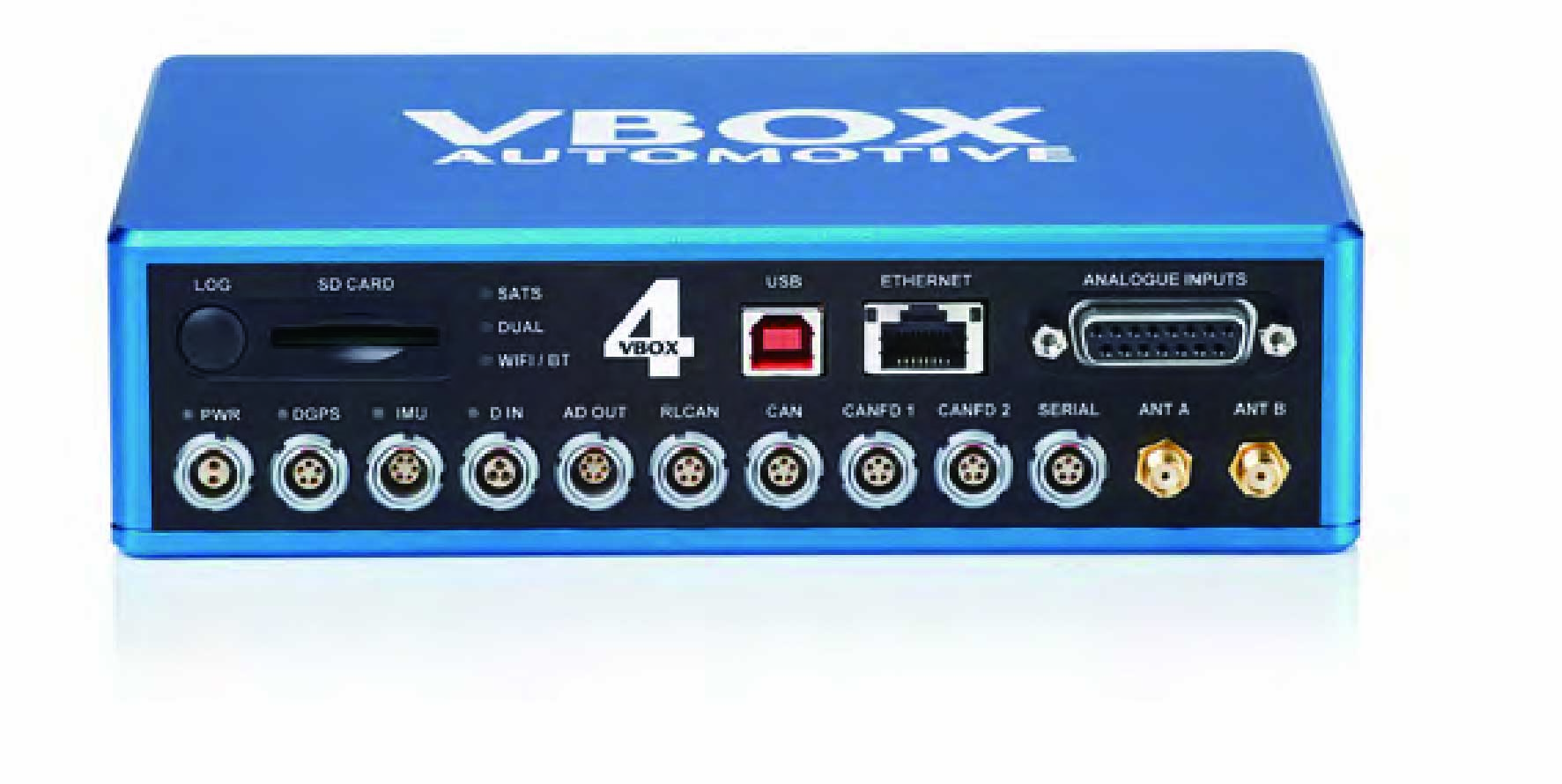
The all-new VBOX 4 is designed for versatility and excels in a range of automotive testing applications, including brake testing, ADAS sensor validation, and high dynamic testing.
·100 Hz RTK multi constellation GNSS receiver
· Collects complete CAN bus signals including CAN FD
· Integrated with IMU05 to form inertial navigation system
· Ethernet connectivity facilitates driving robot integration
· Measurement of sideslip angle, pitch/roll angle, and heading angle
The VBOX 4 series includes single antenna, dual antenna, and ADAS versions. The single antenna version is suitable for braking, acceleration, coasting, and passing noise tests. The dual antenna version is also suitable for testing ESC, handling stability, lane changing, tires, and more.
The VBOX 4 ADAS version is designed for leading ADAS and autonomous vehicle testing, and it supports multi vehicle/multi-target ADAS testing. Very suitable for a range of ADAS tests such as ACC/AEB/LDW and automatic parking tests.
The main features of VBOX 4 ADAS are as follows:
·100 Hz GNSS RTK receiver
·2x CAN bus, 2x CAN FD ports
·± 1.8 cm braking distance accuracy
·Ethernet/RS232/USB/Bluetooth
·4 x analog inputs
·2 x digital quantity, 2 x analog quantity output
·Positioning accuracy with RTK<1 cm
·Integrated with IMU to support pitch and roll angle measurement
·Dual antenna can measure sideslip angle
·Intuitive ADAS testing setup software
VBOX Micro
A compact, rugged and waterproof recorder, the VBOX MICRO is ideal for long-term durability testing in harsh environments such as those of trucks, motorcycles, ships, mining trucks and racing cars. Its sampling frequency is adjustable, can be adjusted from 1Hz to 10Hz, records data through CF card, and has USB interface and CAN bus interface.
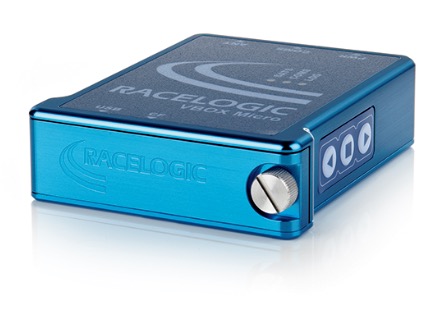
VBOX TOUCH
The VBOX Touch is designed to assist virtually all types of vehicle testing with a robust array of test features, Built-in 25Hz GNSS engine, all integrated into a rugged metal housing with a daylight readable touch capacitive screen. Built-in test applications such as performance test, brake test, lap time, odometer verification and data logging functions. The VBOX Touch application is scripted using Python, and users can create their own test scripts.
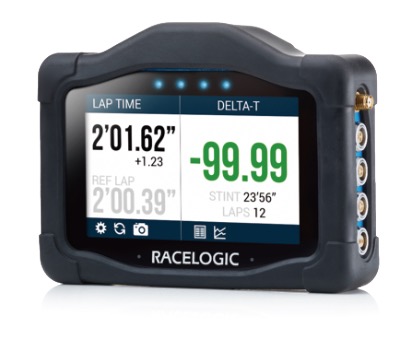
VBOX TOUCH RTK
The VBOX Touch RTK is a data collector with a 4.3-inch color touch screen that provides stable speed and position data. Built-in 10Hz GNSS receiver that supports RTK, can receive GPS, Galileo, GLONASS and BeiDou satellite signals, and can also receive differential signals from fixed base stations or NTRIP.
VBOX Touch RTK can receive satellite signals of three constellations at the same time, GPS and Galileo are always received, and users can choose to receive GLONASS or BeiDou signals additionally.
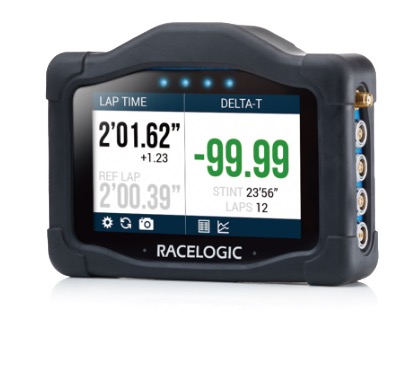
VBOX Sigma
VBOX Sigma is a very cost-effective RTK-enabled 10Hz data logger with built-in NTRIP module.
Its built-in GNSS engine that supports multiple constellations and different frequencies can also provide very high RTK performance in places with poor satellite signal coverage or obvious multipath effects, and the positioning accuracy can reach up to 1cm.
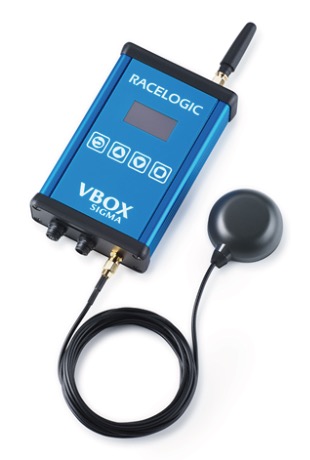
VBOX NTRIP module
The VBOX NTRIP module can provide differential correction signals for VBOX or other GNSS devices. It can access the NTRIP network through WIFI or 4G networks to obtain differential signals.
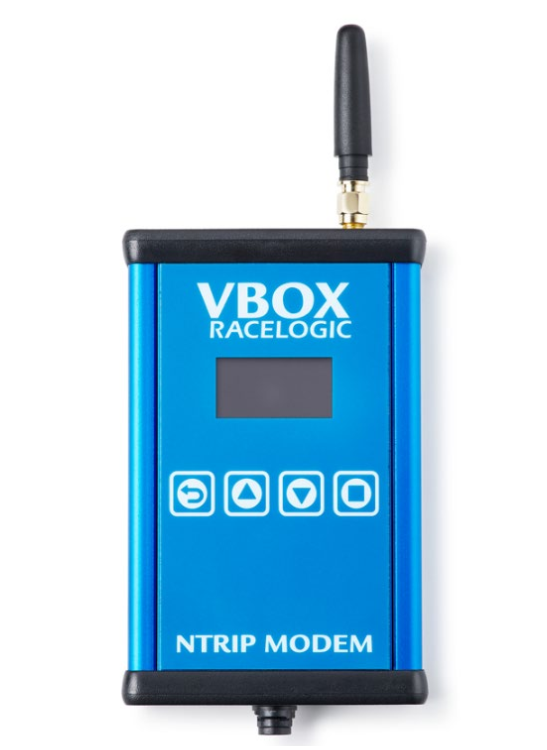
Performance BOX Touch
The next-generation Performance Box Touch measures the car's speed, lap and split times, time differences, acceleration and deceleration performance, and distance traveled. All parameters are recorded in the SD card at a frequency of 10 times per second, which can be used for detailed data viewing and comparative analysis in our accompanying VBOX Test Suite performance analysis software or Circuit Tools track analysis software.
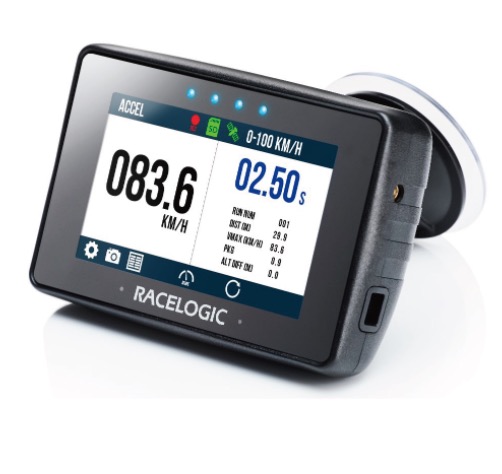
Speed & Route Profiler (driver assistant)
It consists of an OLED display and VBOX data collector. Speed and Path Tracker provides simple and precise guidance to test drivers without the need for training or written instructions, it saves us time and ensures consistent vehicle testing.
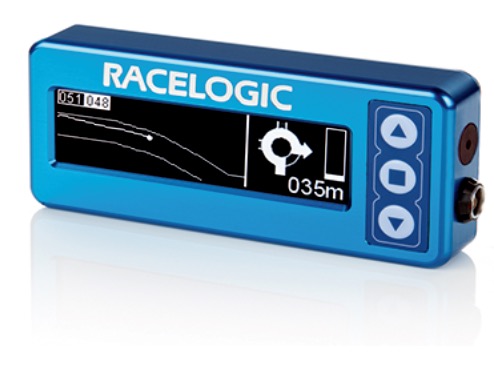
VBOX SPORT
It is used to test vehicle performance and lap time. It has the characteristics of being waterproof, built-in battery and built-in GPS receiver. The module can be used alone, or connected to an Apple mobile phone with corresponding software via Bluetooth to view data in real time. It is widely used in motorcycles, bicycles and backpacking because it is light and strong and can be connected to an external antenna.
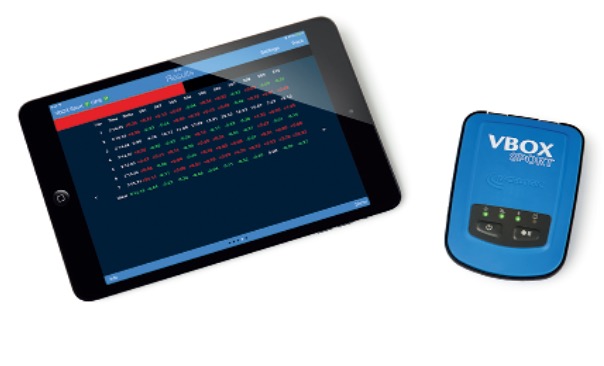
DGNSS Base Station
DGNSS base stations are designed to enhance VBOX equipment and other compatible GNSS systems.
There are two optional base stations:
Option 1: RLVBBS5 RTK Base Station
-GPS+GLONASS
-RTCM,CMR,RTCM v3 and Racelogic specific format
Option 2: RLVBBS6 RTK Base Station
-GPS+GLONASS+Galileo+beidou
-rtcm v2, rtcm v3, rtcm v3.2 msm4 and msm7, and racelogic
specific formats
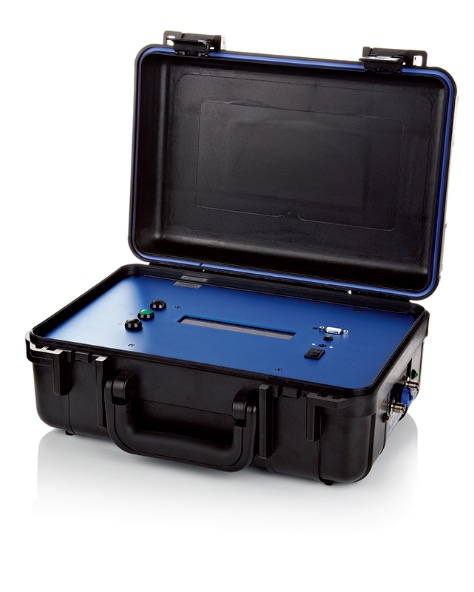
GNSS inertial sensor
VB3iS
VB3iS is a compact GPS inertial sensor that provides very high positioning accuracy by combining wheel speed data, IMU data and 100Hz GNSS data. In areas where GPS signal is limited or completely lost, the VB3iS can compensate for the effects of GPS drops, allowing you to run continuous tests without worrying about picking up erroneous data.
Main features: 100Hz GNSS engine, GPS/GLONASS L1/L2, CAN output, 2cm positioning accuracy (RTK), Pitch/Roll measurement.
Main applications: ADAS/autonomous driving test, brake test, performance test, handling stability test.
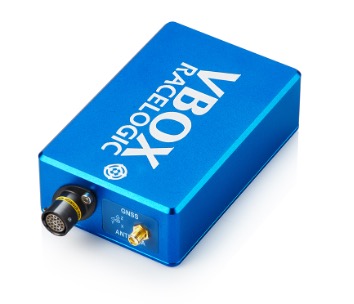
VB3iSDR
VBOX 3iS dual antenna RTK is a compact GNSS assisted inertial navigation system (INS) that supports Ethernet connection to robots and can use wheel speed data from the vehicle CAN bus. The VBOX 3iS dual antenna supports RTK (Real Time Dynamic) and can provide centimeter accuracy when used in conjunction with RTK base stations or other RTCMv3 correction sources such as NTRIP. This enables it to be used as a moving target, as part of the VBOX ADAS setup, or in conjunction with a steering robot, connected via Ethernet.
Main features: 100Hz GNSS engine, CAN output, Ethernet output,(RTK), Pitch/Roll/Slip measurement.
Main applications: braking testing, performance testing, and handling stability testing.
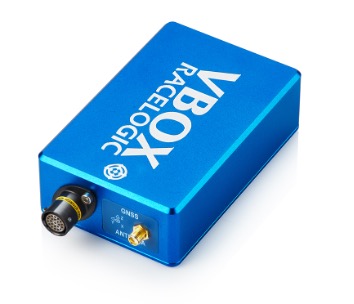
VBOX Omega
VBOX Omega is a GNSS assisted inertial navigation system (INS) that can use wheel speed data from the vehicle CAN bus. Its multi constellation, multi frequency GNSS engine can provide breakthrough RTK performance even in areas with poor satellite coverage and multipath effects.
Main features: 100Hz GNSS engine, GPS/GLONASS/BeiDou/Galileo, CAN output, 2cm positioning accuracy (RTK), Pitch/Roll measurement. Main applications: autonomous driving testing, braking testing, performance testing.
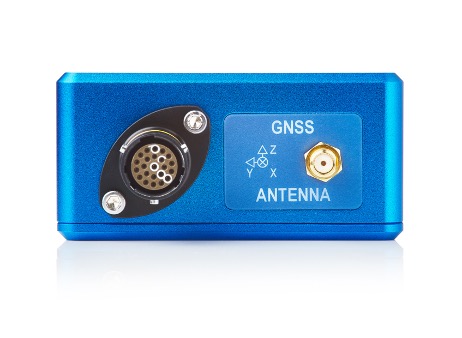
Wireless Communication Module
The radio telemetry module can transmit and receive RS232 data as far as 3.5 kilometers. They are ideal communication devices for GPS differential correction between base station and VBOX unit, it can also be used for communication between VBOX modules, or for data transmission from remote VBOX to laptop. Each wireless device is supplied with a magnetically mounted antenna and is connected via a single cable. A range of different frequencies and ranges are available to suit different requirements around the world.
The long-range, multi-band wireless module can be set up to transmit or receive data between 403MHz and 470MHz. The multiple frequency bands and power of these wireless modules allow them to be used in many countries. Please check your local RF license management. Usually the maximum distance is 10km (1W), these wireless modules can be used together with the base station to provide DGPS wireless coverage to the whole test field.
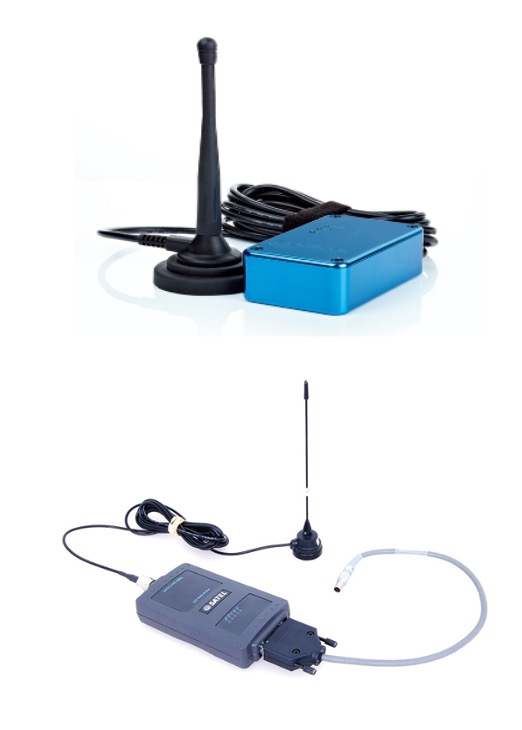
Bluetooth module
The Bluetooth module is used for wireless communication within 800 meters between the VBOX module and the computer.
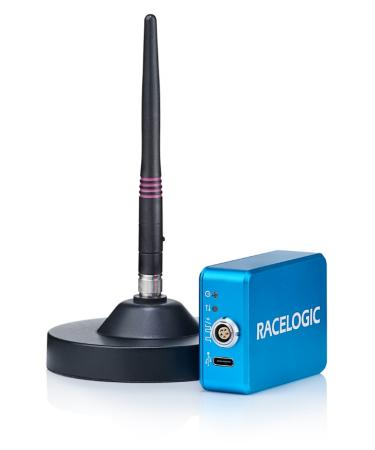
Speed Sensor
VBOX speed sensor
The VBOX speed sensor series has the same GPS performance as the VBOX data collector series, except that it is designed to be integrated directly with the user's own data acquisition equipment via CAN interface, serial interface, analog or digital interface. 5Hz, 10Hz, 20Hz and 100Hz are optional, and in order to improve the positioning accuracy, all modules are compatible with DGPS base stations. Each system includes high sampling trigger inputs, such as brake-stop tests, in a compact, water-resistant form factor with rugged German connectors.
The 20Hz VBOX Dual Antenna Side Slip Sensor has the same functionality as the VBOX IISX Dual Antenna Data Logger, but cannot record data.
The Dual Antenna Velocity Sensor (VBSS100SL) is a 100Hz GPS/GLONASS data acquisition system with high accuracy and test repeatability and the ability to measure sideslip and pitch/roll angles at 100Hz. The collected data can be output in various forms such as CAN, RS232, analog quantity and digital quantity.
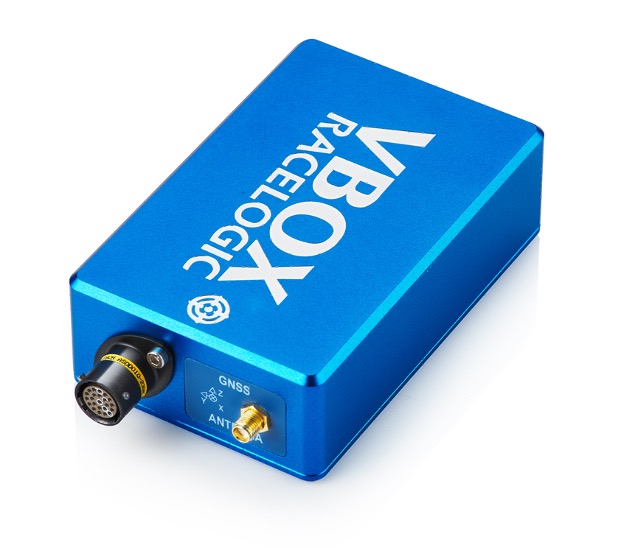
Video Data Longger
VBOX Video Data Longger
Video VBOX adds a new feature to vehicle testing, enabling simultaneous multi-camera data collection from different sources. It is available in two versions and features both a DVD premium digital video recorder, a GPS data logger and a customizable real-time graphic overlay.
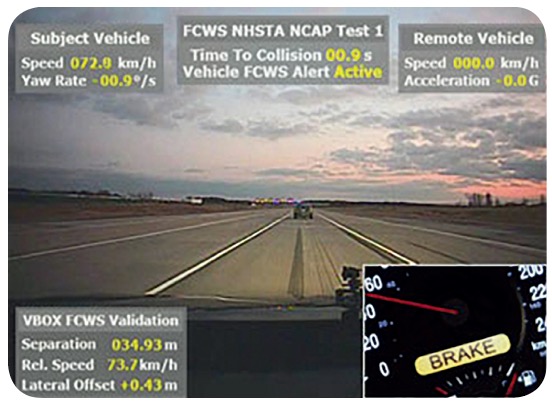
Video VBOX Pro
The Video VBOX Pro features an anodized aluminum alloy housing with LEMO connectors, can connect up to 4 bullet cameras, and is equipped with optional 10Hz or 20Hz GPS data logger.
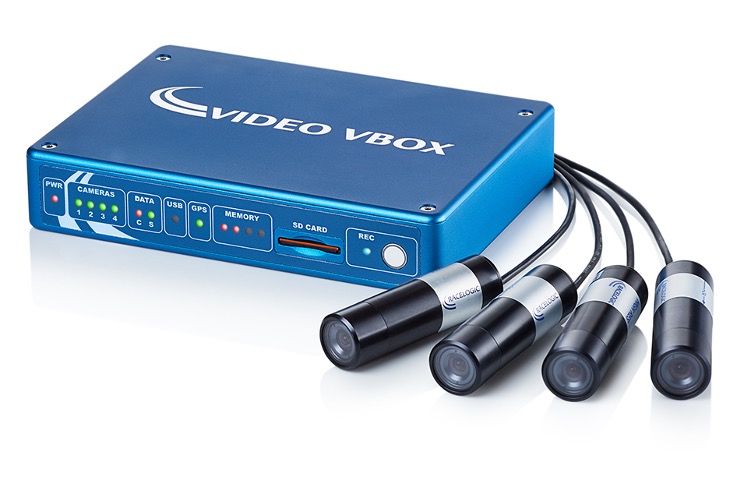
Video VBOX HD2 HD version
The VBOX HD2 is the world's most popular Motorsport video recorder, widely used by motorsports amateurs and professional racers alike to improve their racing skills. It has dual 1080p cameras, real-time image overlay, supports HDMI video output, and comes with the very popular track analysis software CIRCUIT TOOLS.
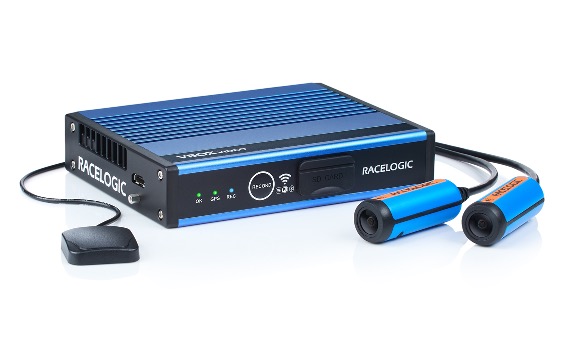
VBOX HD Lite version
HD Lite is an integrated video data acquisition system that can synchronously record 1080p HD video and GNSS data, and can be used for racing and other testing applications.
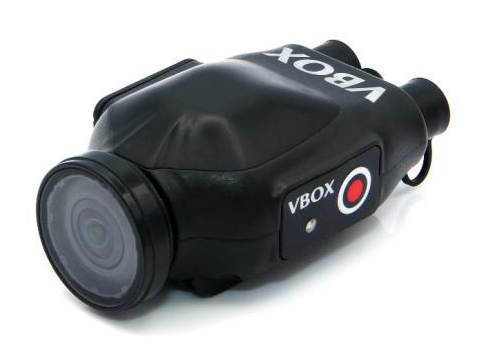
Inertia Measurement Unit (IMU05)
IMU05 (RLVBIMU05) is an advanced inertial measurement unit that provides precise roll, pitch, and yaw rate measurements through an industry-leading high-precision gyroscope. Its zero bias stability is 1.2 deg/hr. When used together with VBOX as an inertial navigation system, RLVBIMU05 seamlessly integrates IMU data with GNSS to obtain accurate position, velocity, and vehicle attitude angles.
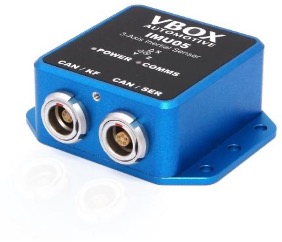
IMU05-S
The IMU05-S (RLVBIMU05-S) is an advanced inertial measurement unit that provides precise roll, pitch, and yaw rate measurements using the best MEMS high-precision gyroscope. Its zero bias stability is only 0.8 deg/hr.
When used together with VBOX as an inertial navigation system, RLVBIMU05-S seamlessly integrates IMU data with GNSS to obtain accurate position, velocity, and vehicle attitude angles. This integration ensures reliable measurement even in the event of satellite disconnection or interference.

MINI01
8 analog inputs, 2 digital inputs and 2 thermocouple inputs can be collected through a pluggable terminal block. The MINI input module can also be used alone to output data to a third-party collector through the CAN interface.
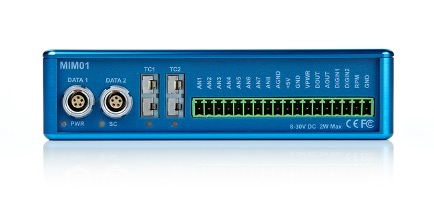
MICRO input module (MICIN01)
The Micro Input Module is a more affordable input module that enables VBOX units and performance testers to record one RPM and four analog signals via a pluggable terminal block.
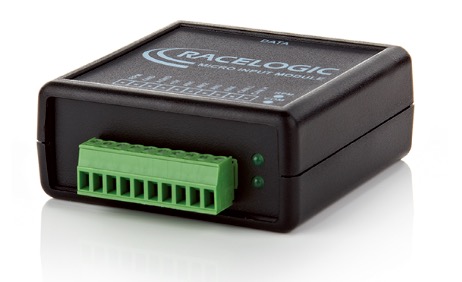
Frequency input module (FIM03)
The frequency input module is a 4-channel frequency capture and pulse counting unit. Its acceptable frequency range is 1Hz to 20KHz. The frequency input module is used to record data with the VBOX, but can also be used alone. It can accept signals of wide amplitude and frequency, which means it can be directly connected with ABS wheel speed sensor, RPM sensor or fuel flow sensor.
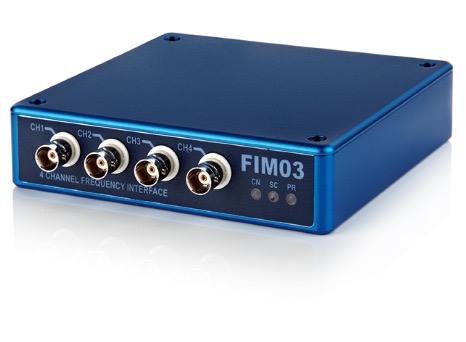
Analog input module (ADC03)
The analog input module has 8 galvanically isolated input channels and can provide bipolar voltage measurement up to ±50V with a DC accuracy of 400μV. In addition to the power supply connection, isolated, modulated 5V and 12V power supplies are provided on the 25-pin D-sub header. Can be used alone.
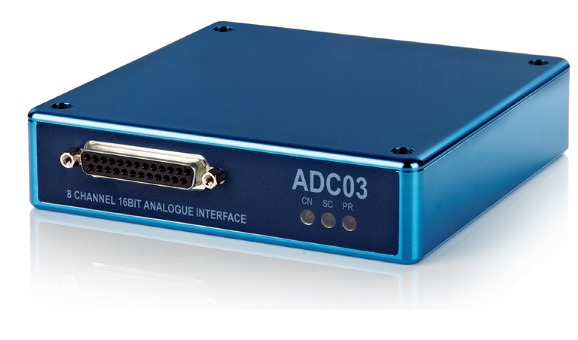
Strain Amplifier (SGA02)
The strain amplifier has two user adjustable channels. Both are DC isolated and designed for full-bridge operation, but are also suitable for half-bridge and quarter-bridge applications.
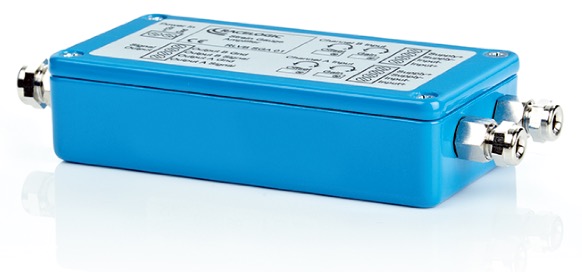
Vehicle CAN interface (CAN02)
When the internal CAN port of the VBOX is unavailable, the vehicle CAN interface is designed to enable the VBOX to collect data from the vehicle CAN bus. Parameters such as RPM, wheel speed, throttle angle, etc. can be easily captured using the specially developed CAN database for many of our vehicles.
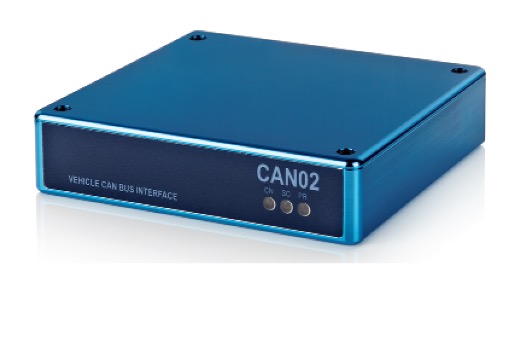
CAN Gateway
VBOX CAN Gateway is used to control 2 different CAN bus data streams. Support to record vehicle CAN or CAN FD bus data to VBOX and record CAN module data at the same time.
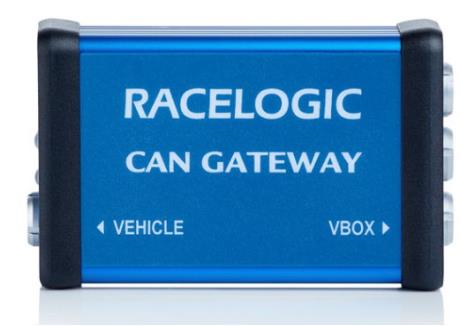
Thermocouple Module (TC8-V2)
The Thermocouple Module allows the VBOX to acquire up to 8 channels of Type K thermocouples at 100Hz. RLVBTC8-V2 is connected to VBOX through CAN, and can also be connected to VBOX with ADC03 or CAN02. It can also be used as an independent module for third-party data acquisition. The measurement range is -269 to +1375°C, using a 24-bit analog-to-digital converter, and the supply voltage is 6V to 30V.
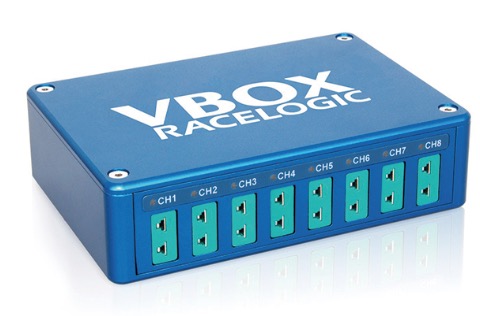
CAN to Analog Output Module (DAC01)
The CAN-to-analog output module enables data acquisition equipment without CAN interface to directly read CAN bus data. It can output 4 analog voltage signals at the same time and display them graphically through the provided configuration software.
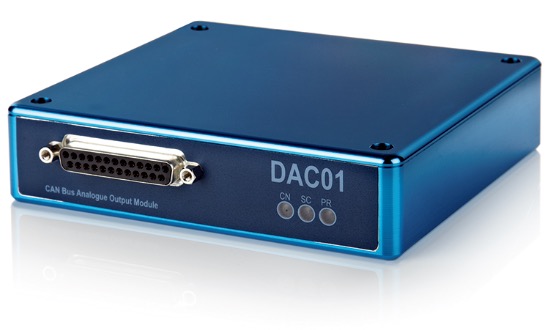
CAN Speed Interface (CSI01)
The CAN Speed Interface provides a convenient way to obtain engine speed and vehicle speed from any vehicle with a CAN bus.
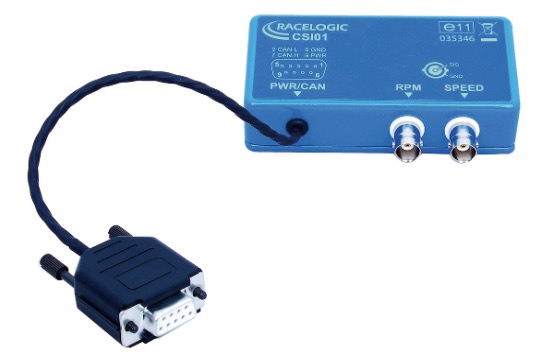
VBOX CAN Hub (RLVBCANHUB)
The VBOX CAN Hub simplifies the installation of vbox loggers and modules as well as vehicle CAN bus connections. It has the same length and width as the VBOX3i, so it is placed just below the VB3i.
The new CAN Hub scheme is particularly useful for ADAS test setups due to the reduction of splitters and extra wiring. It is recommended to use the VBOX CAN Hub as the standard configuration of the ADAS solution to replace the ACS024 and ACS024/1 splitter.
With the increase of modules and signal channels in automotive testing, CANHub increases the number of external modules that the VBOX3i can connect to. This is achieved by creating 2 independent 500kb modular CAN ports.
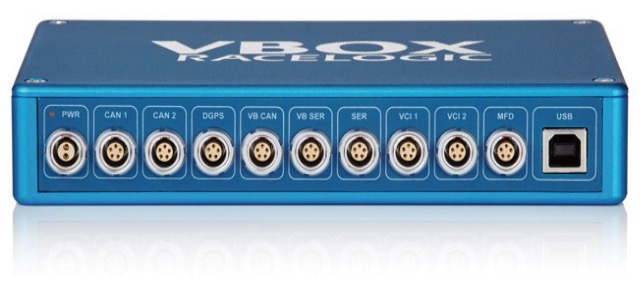
MFD TOUCH
A multifunction touchscreen display is used to display data generated by GPS signals, such as speed and heading angle output from the VBOX 4 data logger. It can also calculate and display performance test results in real-time to the driver without the need for post-processing. A built-in 4.3-inch daylight-readable color touchscreen makes viewing the data needed for testing easier.
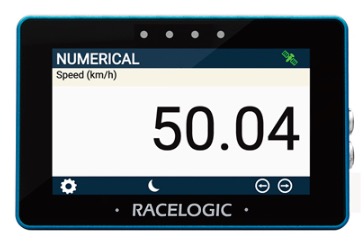
Mini OLED display (DSP06)
Mini OLED display, compatible with VBOX Video HD2, Video VBOX Pro, and VBOX HD Lite, capable of displaying information such as speed and turn rate.
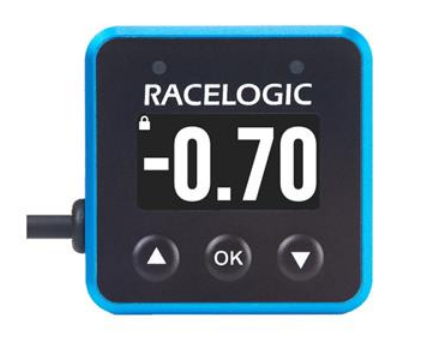
OLED display (DSP07)
OLED display, compatible with VBOX Video HD2, capable of displaying information such as speed and turn rate.
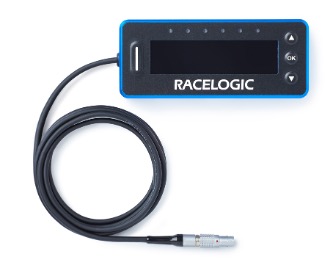
Pit Lane Timer
This compact maintenance channel timer can provide real-time racing repair station channel speed, timing to prevent penalty time. All Pit stop data will be recorded on the SD card for subsequent analysis.
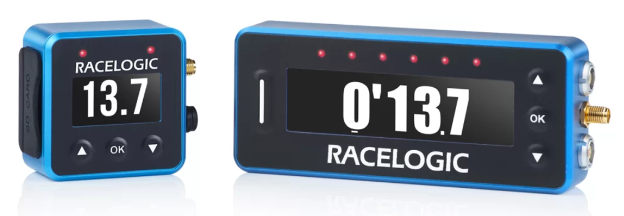
VBOX LapTimer
There are both regular and Mini versions, equipped with a 10/25Hz GNSS GPS receiver that can display predicted lap speed and use position to improve accuracy, providing real-time feedback to the driver and helping you improve lap speed recording.
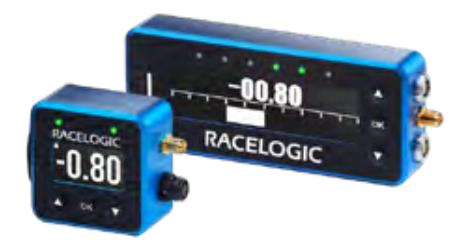
MFD TOUCH
The multifunctional touch screen display is used to display data generated by GPS signals, such as speed and heading angle output from the VBOX3i data collector. It can also provide real-time calculation and display of performance test results to the driver without the need for post-processing. A built-in 4.3 inch daylight readable color touch screen allows for easier viewing of the data required for testing.
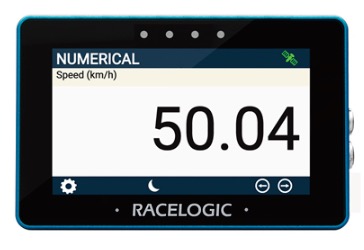
VBOX Manager
The VBOX manager provides control and filename creation, operating an adjustable rotary button, and the screen can be flipped left or right using the hand. It has the ability to carry out the configuration of VBOX and is also the main control unit of Racelogic's ADAS system.
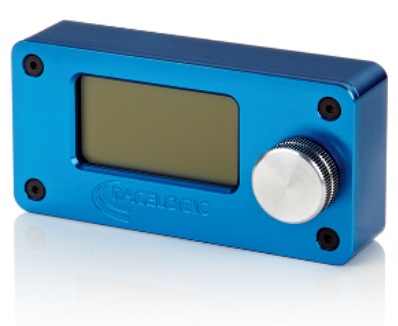
ADAS visual sensor
The VBOX visual sensor can collect different visual alarm signals, such as FCW, BSD, and DOW functions. It can output the alarm signal to VBOX for judging the quality of the function or for robots to control input or as a source of alarm signals.
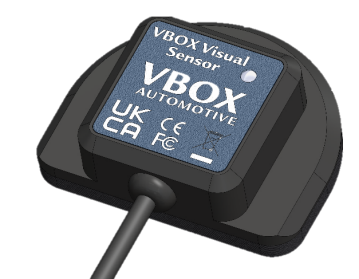
ADAS audio sensor
VBOX audio sensors can collect audio type alarm signals, such as from FCW, DSM, and DOW power sources. The alarm signal can be output through digital signals or CAN signals, and it can also be recognized, such as high-frequency vibration signals of the steering wheel.
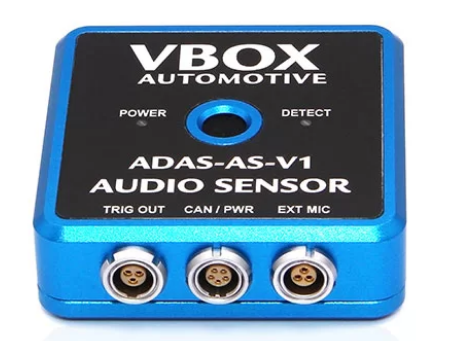
VBOX Tire Temperature Monitoring System (RLVBTTMS)
A 10Hz GPS receiver that measures, records, and displays 4 tire temperatures, with a maximum of 16 temperature measurement points per sensor, with a temperature range of -20 ° C to 300 ° C, and a dedicated VBox TOUCH app.
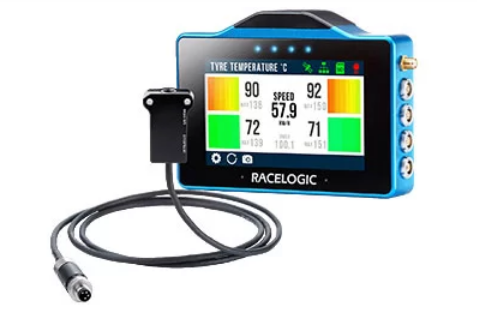
VBOX Brake Temperature Monitoring System (RLVBBTMS)
Racelogic's brake temperature monitoring system is designed to measure, record, and display the surface temperature of brake discs, providing extremely valuable data information. The display can visually display the surface temperature of four brake discs through 64 thermal maps, while also displaying real-time temperature and maximum temperature. Each sensor can measure the temperature of up to 16 points on the surface of an object, ranging from -20 ° C to 950 ° C.
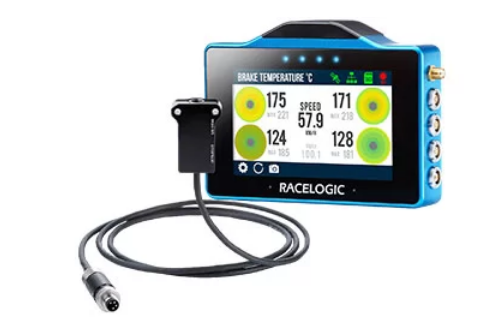
VBOX Software
Vbox Test Suite software is Racelogic's latest generation of data processing software, written based on C++ language, with a more user-friendly interface, making testing and generating reports more convenient and faster.
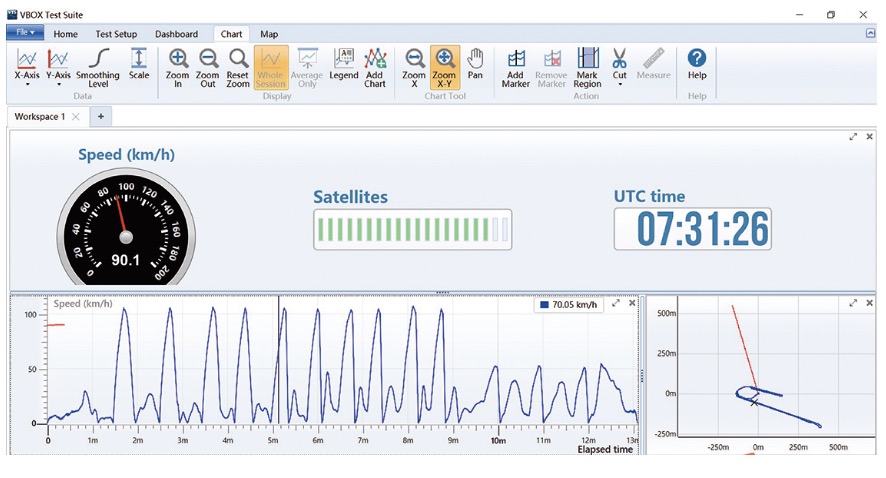
It contains the following test plugins:
Water drift test (horizontal/vertical)
Data provided:
1. Criteria for passing and failing when predicting entry:
·Steering wheel angle
· Yaw rate
·Any user-defined channel
2. The minimum lateral acceleration through the water bath.
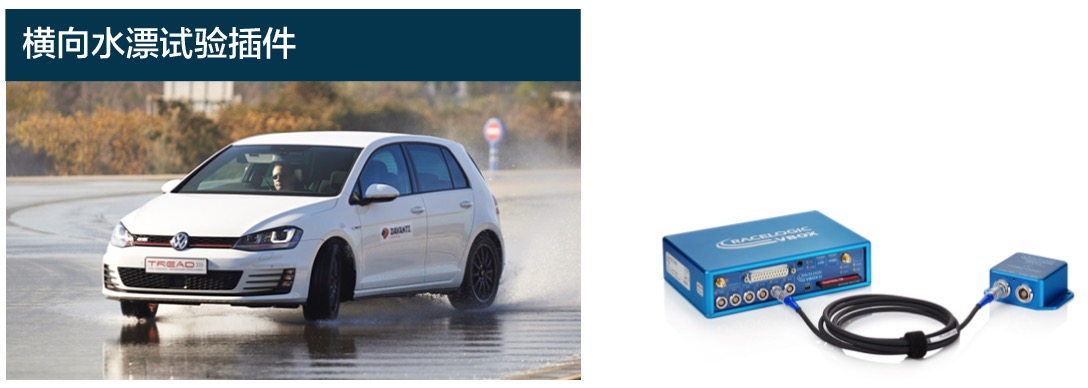
Data provided:
1. Speed;
2. Distance;
3. Wheel sideslip angle (from vehicle CAN or external sensor);
4. Automatically calibrate wheel speed through GPS.
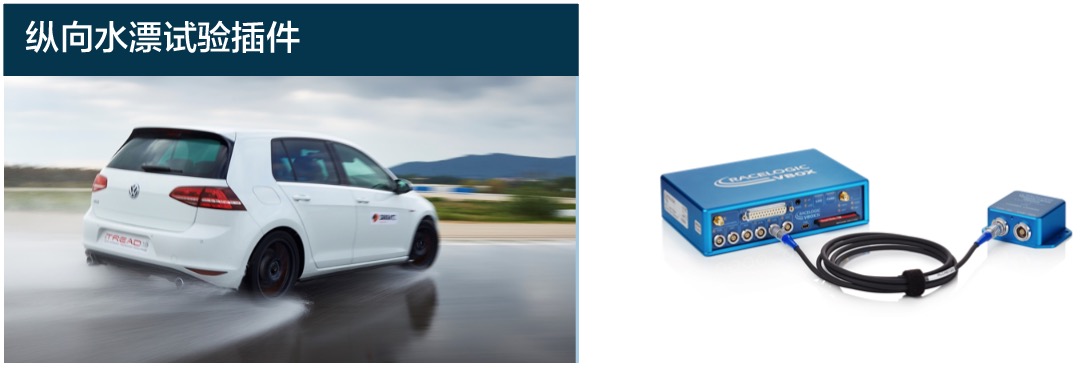
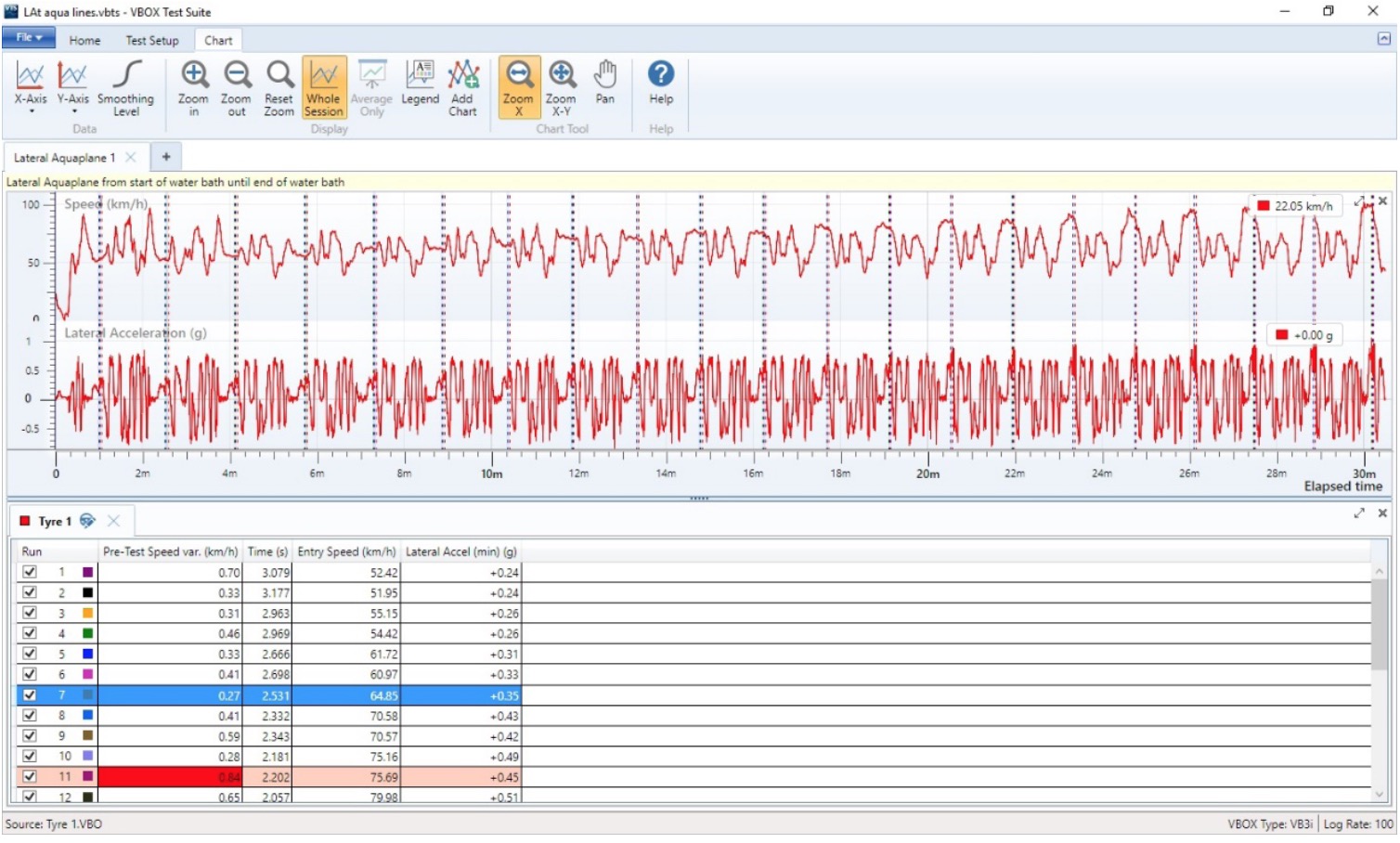
Brake Test

Data provided:
1. Braking time;
2. Braking distance;
3. Average deceleration;
4. MFDD;
5. Centerline offset;
6. Automatic wheel slip calibration & calculation;
7. Based on the following pass/fail criteria:
· Any user-defined channel
· The time interval between the two tests
. The distance between the two tests
. Temperature at the start of braking
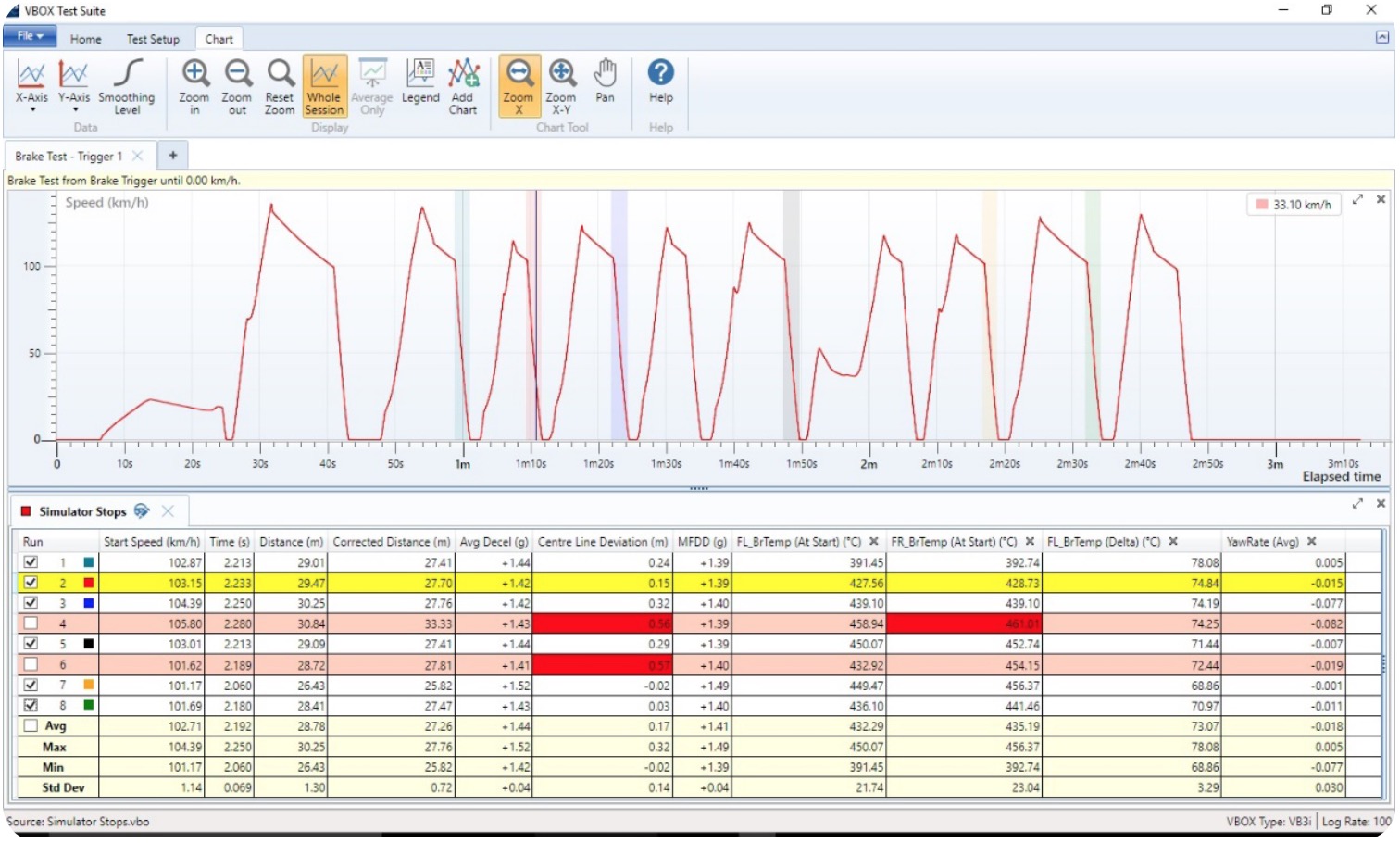
Coasting test

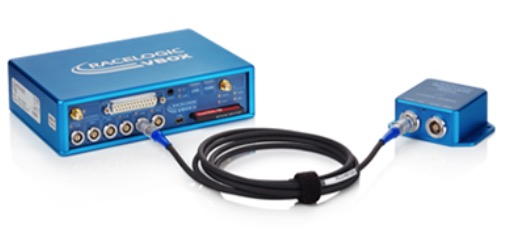
Data provided:
1. Speed;
2. Distance;
3. Time;
4. Average time;
5. Provide real-time accurate data according to the latest GTR 15 WLTP test steps.
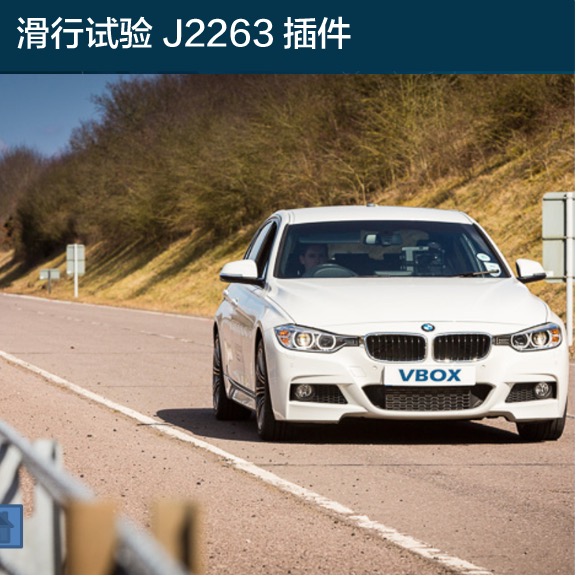
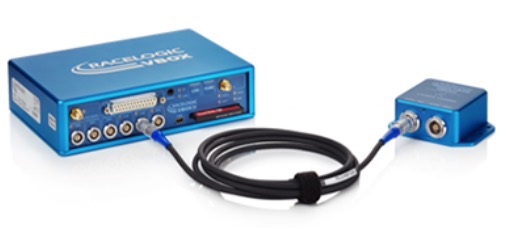
Data provided:
1. Speed;
2. Distance;
3. Force;
4. Wind speed;
5. Temperature;
6. Mechanical and aerodynamic coefficients;
7. The road load curve uses the equation of motion specified in the J2263 regulations.
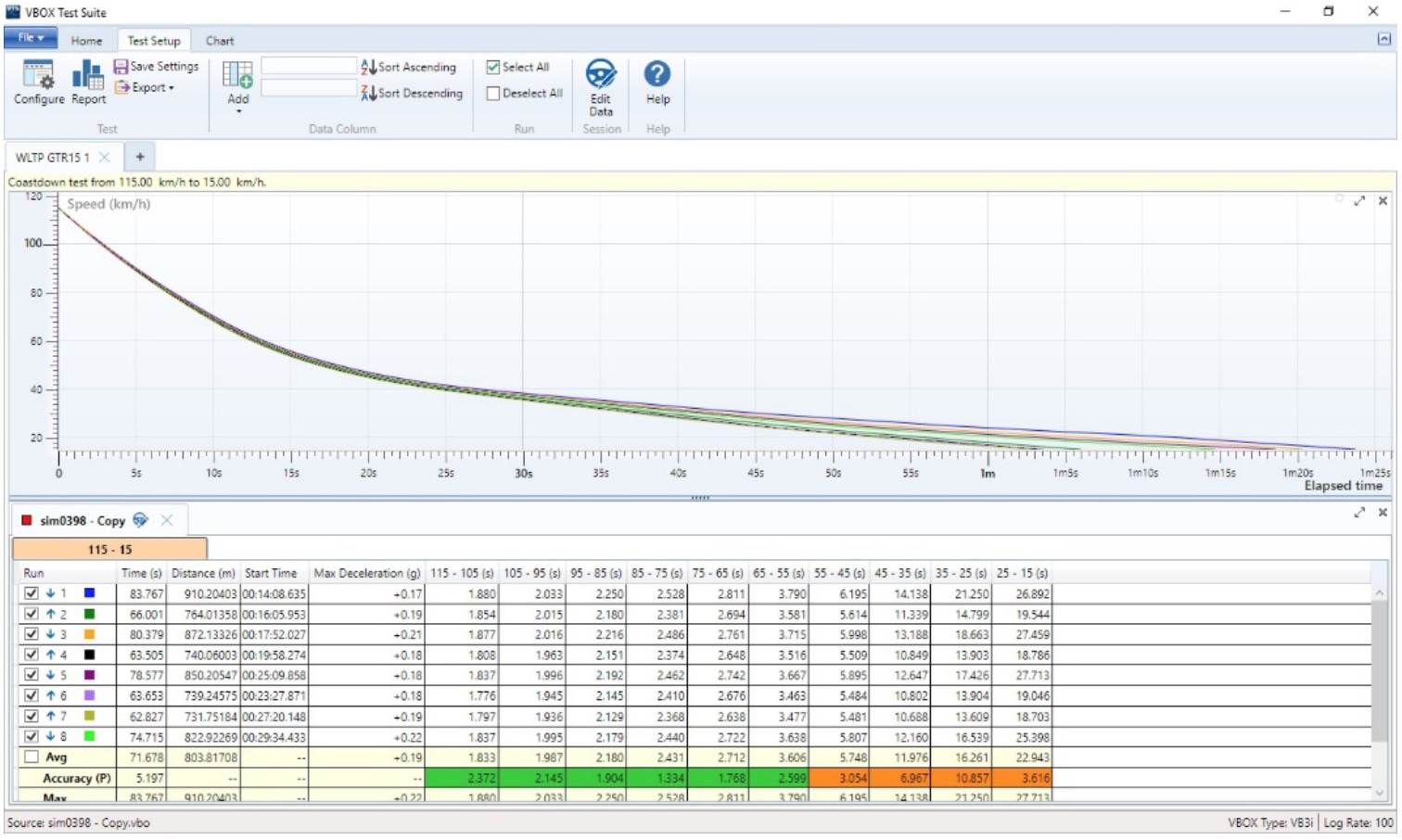
Passing Noise
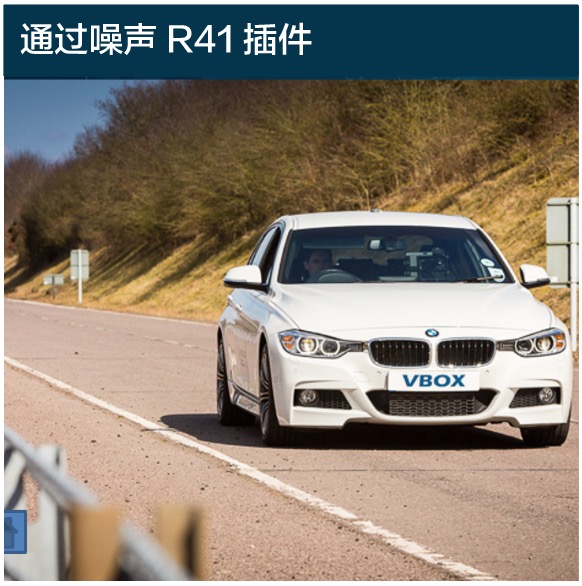
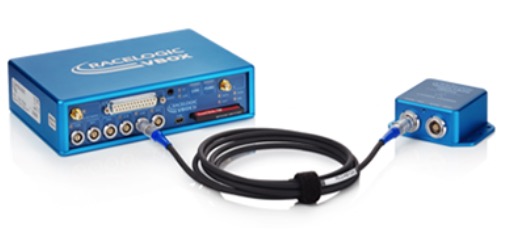
Data provided:
1. Sound pressure level:
·Full throttle
·Stable speed
·ASEP
2. Speed & RPM:
·starting point
· Microphone position
·Test end point
3. The average speed across the test area;
4. Calculated reference acceleration, specific power specified in R41;
5. Pass/fail of test data and calculated values.
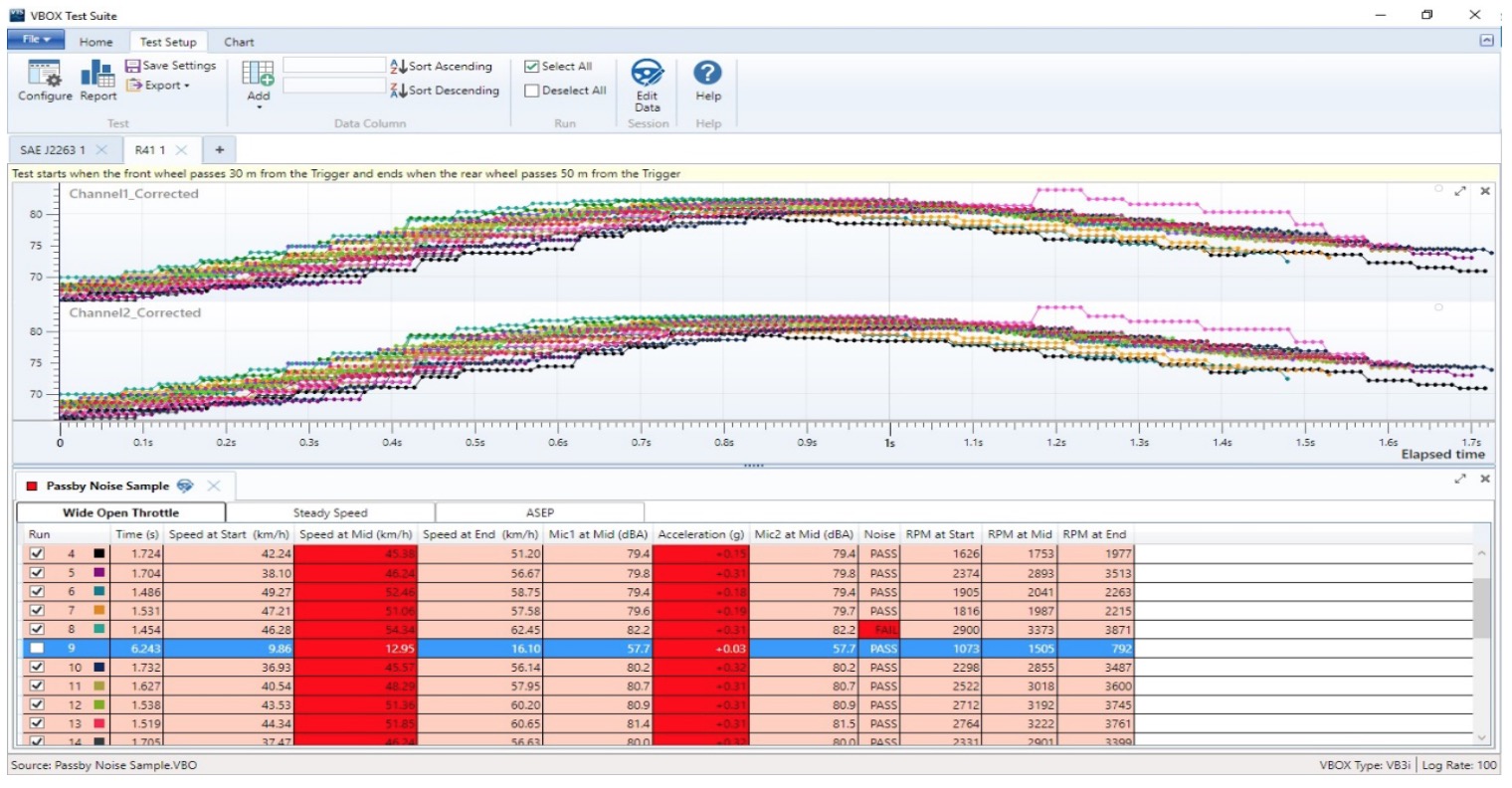
Performance test
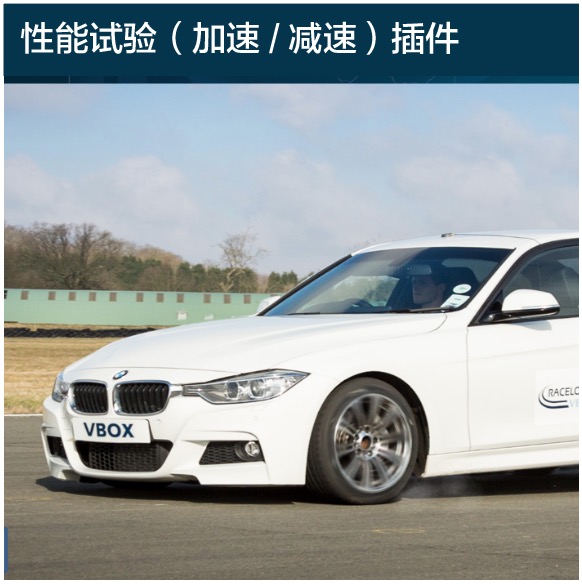
Data provided:
1. Speed: start, end, average, minimum, maximum;
2. Distance;
3. Acceleration: start, end, average, minimum, maximum;
4. Any recorded channel: start, end, average, min, max.
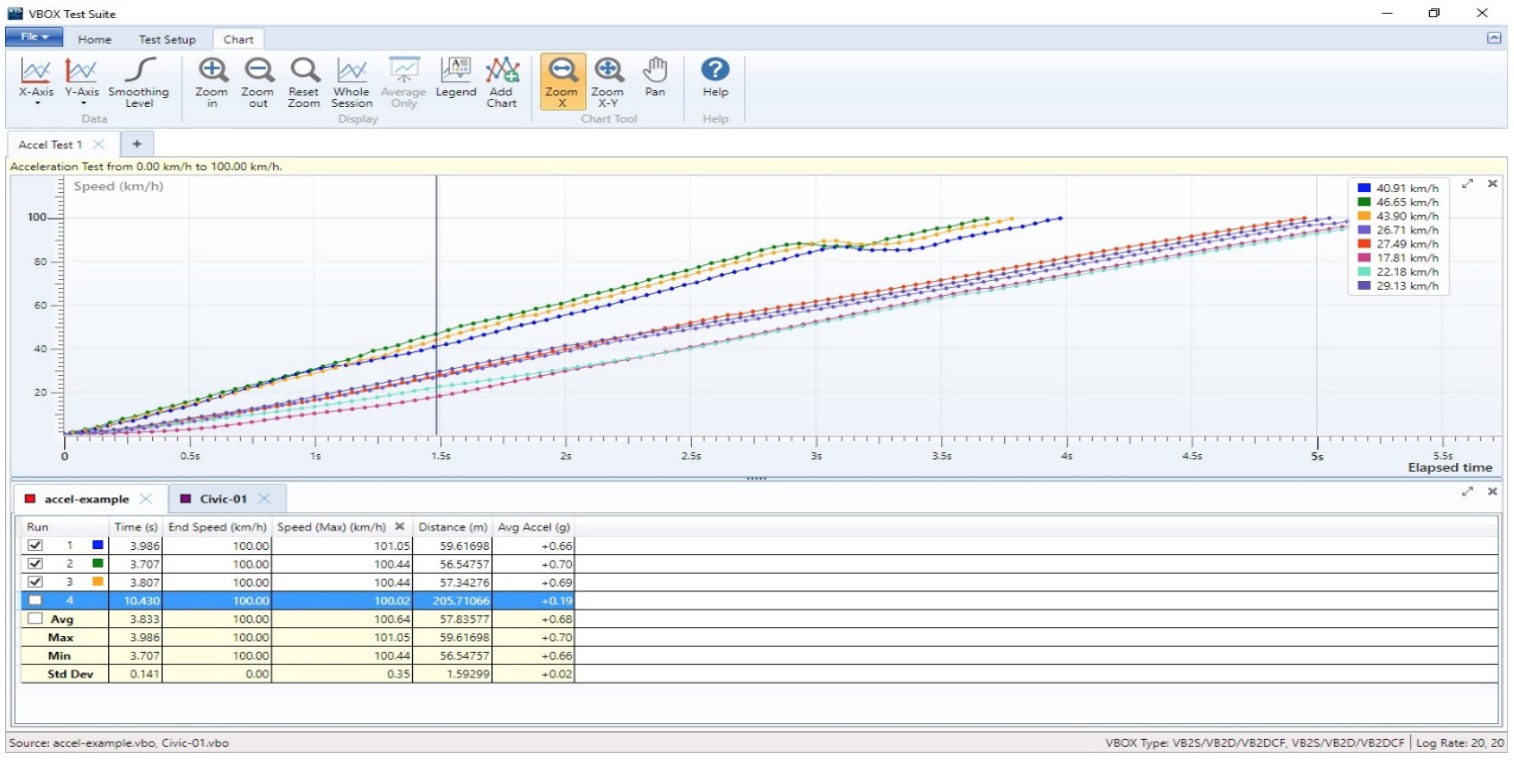
VBOX ADAS Test Solutions
The VBOX system provides an easy and precise way to test and validate advanced driver assistance systems. With real-time measurement of parameters for up to three vehicles and a positioning accuracy of less than 2cm, the RACELOGIC VBOX ADAS test system enables developers to easily verify the effectiveness of their products. At the heart of the system is the RLVB4 ADAS, connected via radio telemetry to an RTK base station, or used on another RLVB4 ADAS as a mobile base station. The VBOX ADAS test system is suitable for testing and validating recognized industry and international standards such as ISO, NHTSA, NCAP testing.Any recorded channel: start, end, average, min, max.
Test applications:
ACC(Adaptive Cruise Control)
AEB(Autonomous Emergency Braking)
FCW(Forward Collision Warning)
LDW(Lane Departure Warning)
LKA(Lane Keep Assist)
BSD(Blind Spot Detection)
RCTA(Rear Cross Traffic Assist)
TSR(Traffic SignRecognition)
APA(Auto Parking Assist)
Automatic Main Beam Control
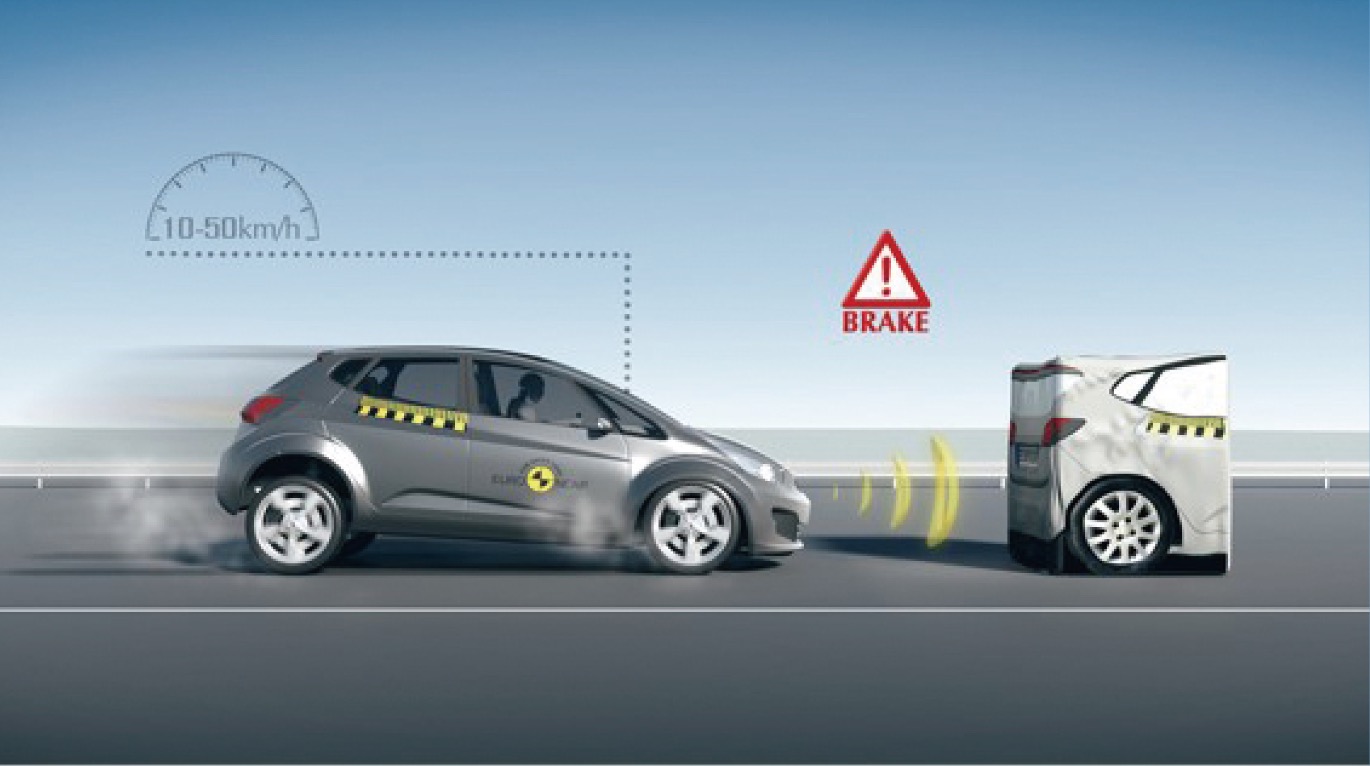
Automatic emergency braking and collision buffering
VBOX calculates vehicle separation parameters in real time, and the VBOX 3i RTK can be used in conjunction with Euro NCAP-validated inflatable target vehicles, steering and braking robots to comply with the requirements in the NACP evaluation system.
Lane Departure Warning and Lane Keep Assist

The VBOX Lane Departure Test Package allows you to test according to ISO 17361 and NHTSA NCAP. The system can simultaneously measure the real-time vertical distance of up to four contact points on the vehicle from the lane line, with an accuracy of 2CM. The edge of the reference lane can be straight or curved. RACELOGIC also offers dedicated LDWS test software that can generate field results in accordance with NHTSA NCAP or reduce road test time by configuring test constraints. Adding VIDEO VBOX can add video evidence to test data, and VIDEO VBOX can also be used alone as a simple test scale.
Blind spot detection
Measured parameters can be graphically overlaid onto video recorded from VIDEO VBOX or VBOX HD, providing a clear visual reference. Multiple contact points can be set to make the host vehicle approach the target vehicle from different directions, but there is no need to reset new contact points.
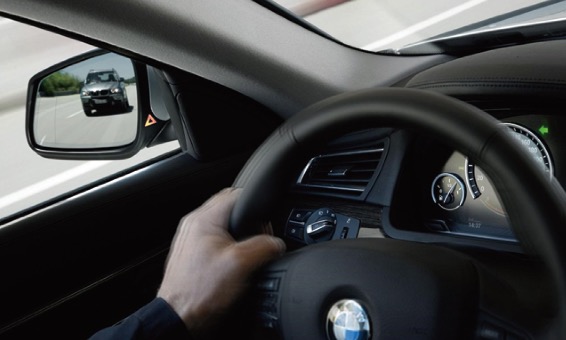
Lane Departure Warning and Lane Keep Assist
The VBOX Lane Departure Test Package allows you to test according to ISO 17361 and NHTSA NCAP. The system can simultaneously measure the real-time vertical distance of up to four contact points on the vehicle from the lane line, with an accuracy of 2CM. The edge of the reference lane can be straight or curved. RACELOGIC also offers dedicated LDWS test software that can generate field results in accordance with NHTSA NCAP or reduce road test time by configuring test constraints. Adding VIDEO VBOX can add video evidence to test data, and VIDEO VBOX can also be used alone as a simple test scale.
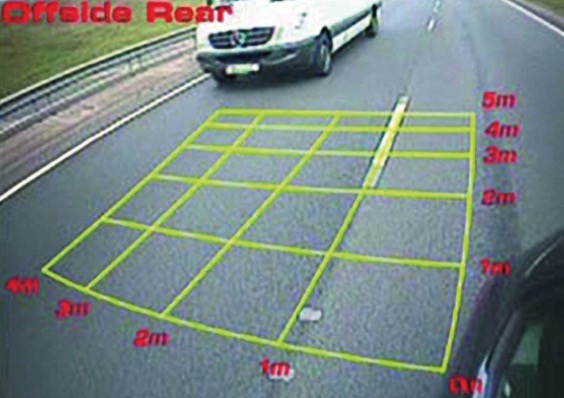

Open Road Testing
Support NTRIP differential correction for Open Road testing.
